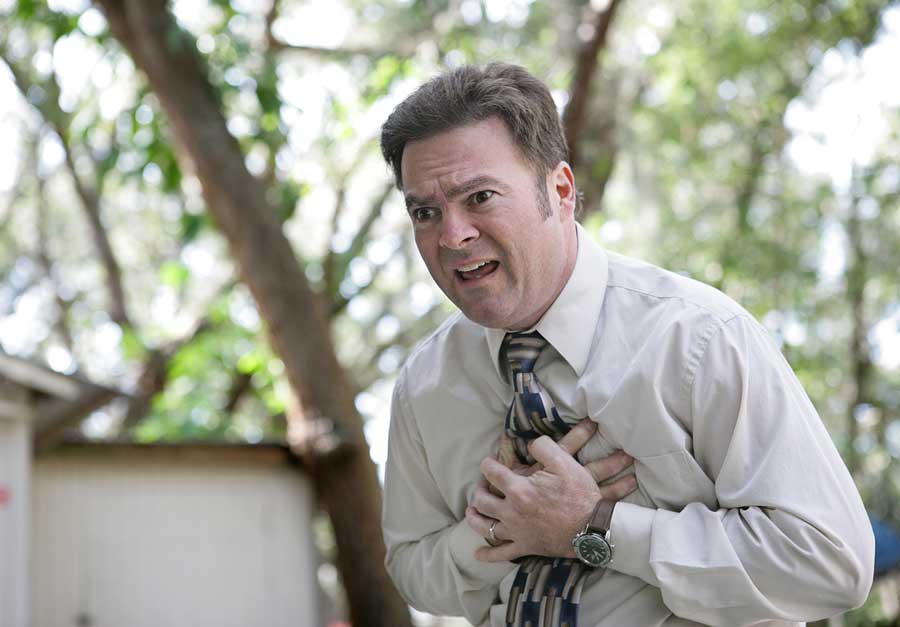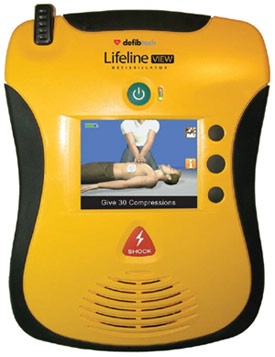The concept of the Chain of Survival can help a bystander help someone who suffers from an out-of-a-hospital cardiac arrest. Written in the American Heart Association’s Heart Disease and Stroke Statistics – 2018 Update, there are more than 356,000 cases of out-of-hospital cardiac arrests and nearly 90% of them are fatal. The Chain of Survival is a four-step, interlocking method that reduces a patient fatality to the disease.
To understand The Chain of Survival’s usefulness, the patient’s chance of survival doubles when a bystander uses an automated external defibrillator (AED) before an emergency responder can come onto the scene. This is the third step in the Chain of Survival, and to best optimize your patience’s chances of living, we have to start from the beginning.

Chain of Survival:
1. Call 9-1-1
It’s important to recognize some people may not know they’re showing symptoms for cardiac arrest. If you see someone showing symptoms like nausea, shortness of breath, or non-responsiveness to your words, it’s best you call. You’ll have a chance of preventing serious harm if you act sooner rather than later. If your patient goes longer than three minutes without blood circulation to their brain, they’ve lost higher functioning.
2. Early CPR
You can use CPR to prevent that loss. CPR done wrong can’t help someone with a heart attack, but done right it can save their lives. It’s best if you get a certification from a trusted agency that will make sure you understand CPR for any situation needed. As a result, you’ll gain precious minutes when you push oxygenated blood through your patient’s vital organs. The patient’s chances of death increases by 10% for every minute without CPR.

3. Early Defibrillation
The use of an AED can make sure someone’s heart continues to beat. When a bystander learns to recognize and use this device, this skill-set increases a patient’s chance of survival. Their doctors can discharge them from the hospital at a 66.5% success rate versus the 43% that do not use an AED, but that’s also contingent on the other steps of the chain not failing.
4. Early Advanced Care
Finally, the paramedic must perform early advanced cardiac life (ACLS) support as soon as possible. There should be, at least, two responders trained in ACLS. If you add two people who are certified in basic life support (BLS), you create the optimal team to treat someone who has a cardiac arrest. This is shown in communities that have survival rates at >20% for ventricular fibrillation (VF) or a a rapid, inadequate heartbeat. You should recognize VF as an aspect of ACLS and BLS support.



